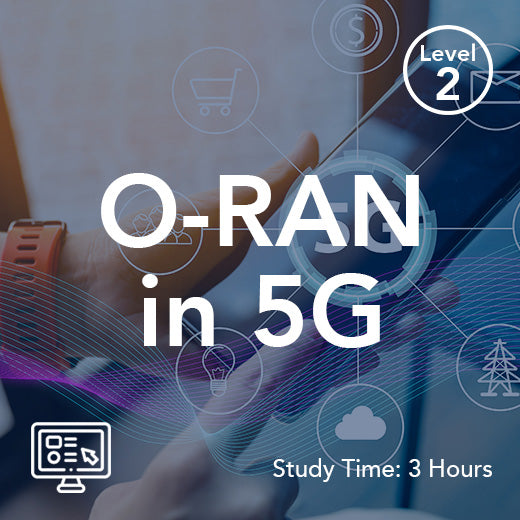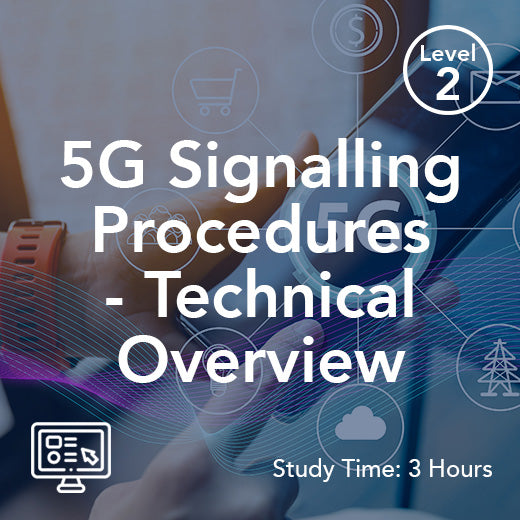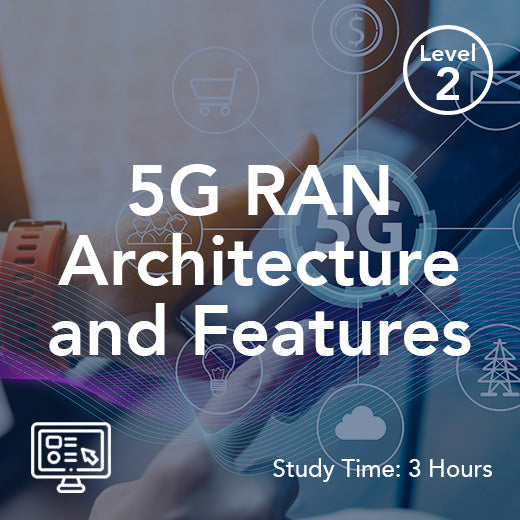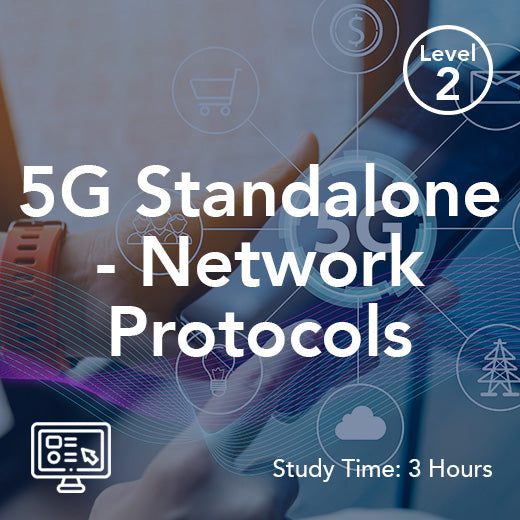Awgn Eklemeli Beyaz Gauss Gürültüsü
- , by Stephanie Burrell
- 2 min reading time
Ek Beyaz Gauss Gürültüsü (AWGN), telekomünikasyon alanında yaygın bir varlık olup, Birleşik Krallık'ın geniş iletişim ağlarının hava dalgaları ve kablolarından geçen saf sinyallerin üzerine gölge düşürmektedir. Rastgele yapısı ve Gauss dağılımıyla karakterize edilen bu sinsi parazit, ülke genelinde veri, ses ve multimedya içeriğinin iletimi ve alımı için büyük bir zorluk oluşturmaktadır.
Londra'nın hareketli metropolünde, hareketliliğin hiç durmadığı bir ortamda, AWGN, yıkıcı etkisiyle şüphelenmeyen sinyallerin üzerine atlamaya hazır, sessiz bir avcı gibi arka planda gizleniyor. Veri paketleri, şehri boydan boya kaplayan karmaşık fiber optik kablolar ve kablosuz bağlantılar ağında yolculuk ederken, değerli yüklerini çarpıtma, bozma ve yozlaştırma tehdidinde bulunan görünmez gürültü sarmallarıyla karşılaşıyorlar.
AWGN'nin Birleşik Krallık'taki telekomünikasyon üzerindeki etkisi derin ve kapsamlıdır. Bağlantının çok önemli olduğu bir dünyada, iletişim kanallarındaki gürültünün varlığı, işletmeler, hükümetler ve bireyler için ciddi sonuçlar doğurabilir. Kesilen aramalardan ve yavaş internet hızlarından bozuk ses iletimlerine ve pikselli video akışlarına kadar, AWGN'nin etkileri günlük yaşamlarında kesintisiz bilgi alışverişine güvenen herkes tarafından hissedilir.
Teknolojik inovasyon ve endüstriyel başarının canlı merkezi Manchester'da, mühendisler ve araştırmacılar AWGN belasıyla mücadele etmek için yeni stratejiler geliştirmek üzere yoğun bir şekilde çalışıyorlar. Gelişmiş hata düzeltme kodları, gelişmiş modülasyon teknikleri ve son teknoloji sinyal işleme algoritmaları kullanarak, gürültünün iletişim sistemlerinin bütünlüğü ve güvenilirliği üzerindeki etkisini azaltmaya çalışıyorlar.
Engebeli arazi ve seyrek nüfusun telekomünikasyon altyapısı için benzersiz zorluklar oluşturduğu İskoç Yaylaları'nın engebeli tepelerinde, AWGN'ye karşı mücadele farklı bir boyut kazanıyor. Burada odak noktası, kablosuz ağların tasarım ve dağıtımını optimize ederek, sinyallerin uzun mesafeleri kat edebilmesini ve gürültüden kaynaklanan minimum bozulmayla engelleri aşabilmesini sağlamaktır.
Güneş Galler vadilerinin üzerinde batarken ve akşam sisi çökerken, AWGN azaltmanın önemi daha da belirginleşiyor. Güvenilir ve yüksek hızlı internete erişimin hayati önem taşıdığı kırsal topluluklarda, iletişim kanalında gürültünün varlığı, bağlantı ile izolasyon, fırsat ile durgunluk arasındaki farkı yaratabilir.
Birleşik Krallık'ın dört bir yanında, Birmingham'ın hareketli sokaklarından Kuzey İrlanda'nın rüzgârlı kıyılarına kadar AWGN'ye karşı mücadele tüm hızıyla devam ediyor. Telekomünikasyon mühendisleri ve araştırmacıları, iş birliği, inovasyon ve mükemmelliğe olan amansız bağlılıklarıyla, bizi birbirimize bağlayan sinyallerin zorluklar karşısında net, güçlü ve dirençli kalmasını sağlamak için çabalıyor.
Sonuç olarak, AWGN, telekomünikasyon dünyasında zorlu bir rakip olup, Birleşik Krallık ve ötesinde sinyallerin iletimi ve alımı için önemli bir zorluk teşkil etmektedir. Ancak, yaratıcılık, azim ve gürültü ve sinyal işlemenin temel prensiplerine dair derin bir anlayışla bu engelin üstesinden gelebilir ve iletişim hatlarının gelecek nesiller için açık, net ve güvenilir kalmasını sağlayabiliriz.

































